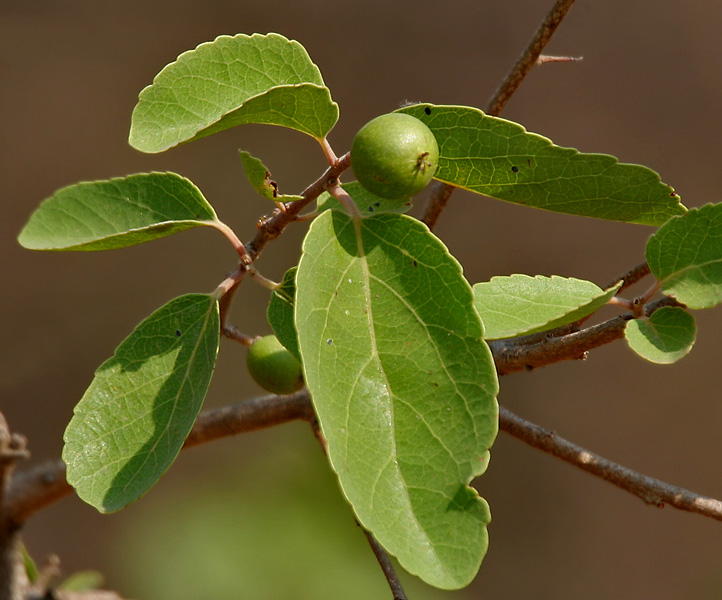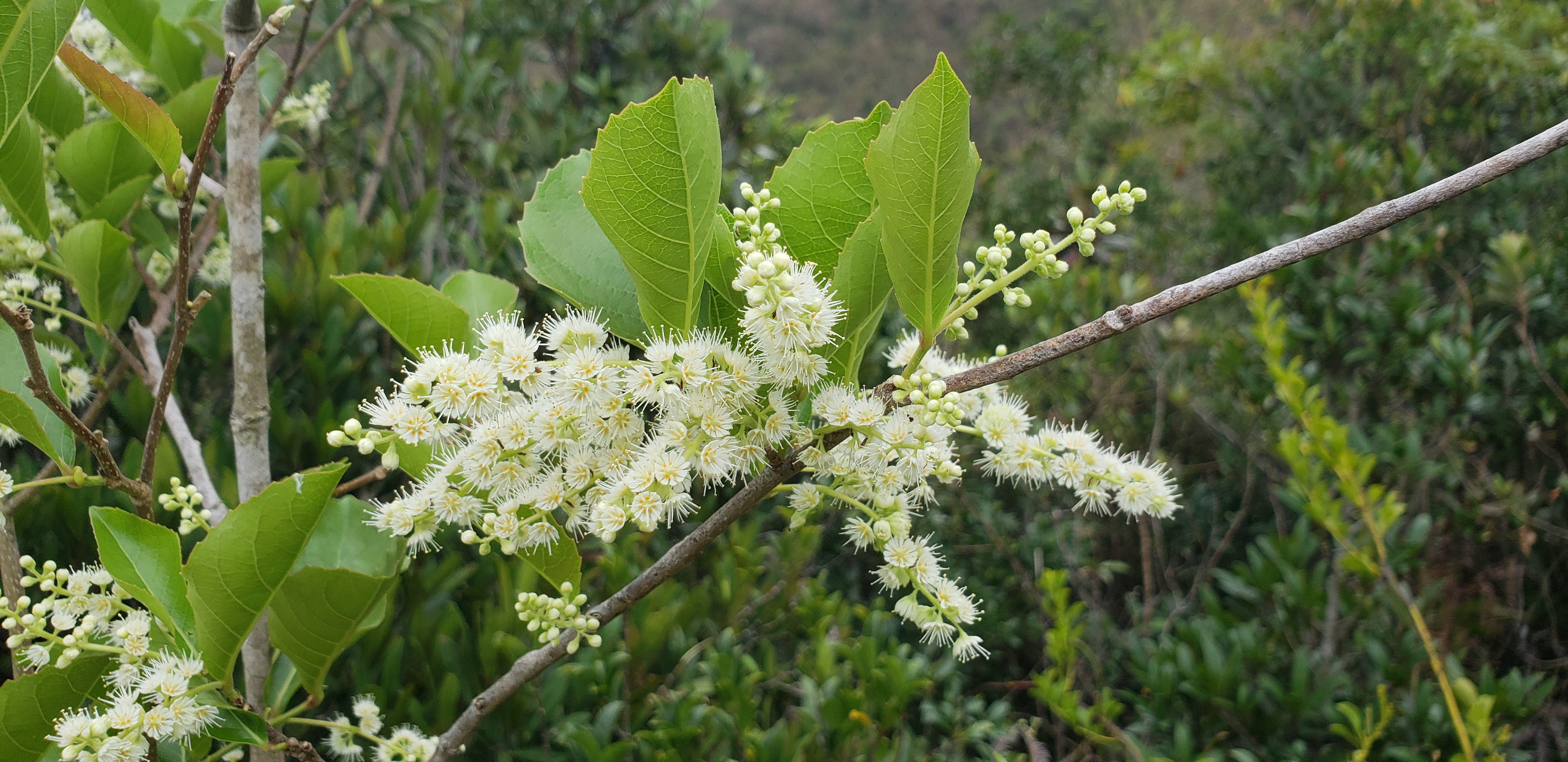|
Salicaceae
The Salicaceae is the willow family of flowering plants. The traditional family (Salicaceae ''sensu stricto'') included the willows, poplar, aspen, and cottonwoods. Genetic studies summarized by the Angiosperm Phylogeny Group (APG) have greatly expanded the circumscription of the family to contain 56 genera and about 1220 species, including the Scyphostegiaceae and many of the former Flacourtiaceae. In the Cronquist system, the Salicaceae were assigned to their own order, Salicales, and contained three genera (''Salix'', ''Populus'', and '' Chosenia''). Recognized to be closely related to the Violaceae and Passifloraceae, the family is placed by the APG in the order Malpighiales. Under the new circumscription, all members of the family are trees or shrubs that have simple leaves with alternate arrangement and temperate members are usually deciduous. Most members have serrate or dentate leaf margins, and those that have such toothed margins all exhibit salicoid teeth; a salic ... [...More Info...] [...Related Items...] OR: [Wikipedia] [Google] [Baidu] |
Flacourtiaceae
The Flacourtiaceae is a defunct family of flowering plants whose former members have been scattered to various families, mostly to the Achariaceae and Salicaceae. It was so vaguely defined that hardly anything seemed out of place there and it became a dumping ground for odd and anomalous genera, gradually making the family even more heterogeneous. In 1975, Hermann Sleumer noted that "Flacourtiaceae as a family is a fiction; only the tribes are homogeneous." In Cronquist's classification, the Flacourtiaceae included 79–89 genera and 800–1000 species. Of these, many, including the type genus '' Flacourtia'', have now been transferred to the Salicaceae in the molecular phylogeny-based classification, known as the APG IV system, established by the Angiosperm Phylogeny Group. In the list below, the Salicaceae are circumscribed broadly. Some taxonomists further divide the Salicaceae ''sensu lato'' into three families: Salicaceae ''sensu stricto'', Scyphostegiaceae, and Samydaceae ... [...More Info...] [...Related Items...] OR: [Wikipedia] [Google] [Baidu] |
Malpighiales
The Malpighiales comprise one of the largest orders of flowering plants, containing about 36 families and more than species, about 7.8% of the eudicots. The order is very diverse, containing plants as different as the willow, violet, poinsettia, manchineel, rafflesia and coca plant, and are hard to recognize except with molecular phylogenetic evidence. It is not part of any of the classification systems based only on plant morphology. Molecular clock calculations estimate the origin of stem group Malpighiales at around 100 million years ago ( Mya) and the origin of crown group Malpighiales at about 90 Mya. The Malpighiales are divided into 32 to 42 families, depending upon which clades in the order are given the taxonomic rank of family. In the APG III system, 35 families were recognized. Medusagynaceae, Quiinaceae, Peraceae, Malesherbiaceae, Turneraceae, Samydaceae, and Scyphostegiaceae were consolidated into other families. The largest family, by far, is the Euphorbiace ... [...More Info...] [...Related Items...] OR: [Wikipedia] [Google] [Baidu] |
Aphaerema
''Aphaerema'' was formerly a genus of flowering plants in the Flacourtiaceae, consisting of one species of small shrubs, '' Aphaerema spicata'', which is native to Brazil and Argentina. Later studies indicated that ''Aphaerema'' should be classified in the willow family, Salicaceae, and combined with the genus '' Abatia''.Alford, M.H. 2006. Nomenclatural innovations in neotropical Salicaceae. ''Novon'' 16(3): 293–298. Unfortunately, because the name ''Abatia spicata'' was already used, the species was given the new name ''Abatia angeliana ''Abatia'' (syn. ''Raleighia'' Gardner) is a genus of about ten species of Central and South American trees in the family Salicaceae (following the Angiosperm Phylogeny Group classification). Previously, it was treated in the family Flacourti ...'', in honor of Brazilian botanist João Angely. ''Aphaerema'' (or ''Abatia'' including ''Aphaerema'') is one of the few groups of Salicaceae with opposite leaves. References Salicaceae Hist ... [...More Info...] [...Related Items...] OR: [Wikipedia] [Google] [Baidu] |
Abatia
''Abatia'' (syn. ''Raleighia'' Gardner) is a genus of about ten species of Central and South American trees in the family Salicaceae (following the Angiosperm Phylogeny Group classification). Previously, it was treated in the family Flacourtiaceae, or tribe Abatieae of the family Passifloraceae (Lemke 1988) or Samydaceae by G. Bentham & J.D. Hooker and Hutchinson. Its native range stretches from Mexico to northern Argentina. It is also found in Bolivia, Brazil, Colombia, Costa Rica, Ecuador, and Peru. ''Abatia'' has opposite leaves with very small stipules and marginal glands at the base of the blade of the leaf. The valvate (meeting at the edges without overlapping) perianth ( sepal and petal together) members are closely joined at the base. They bear many filamentous processes. The leaves of '' A. rugosa'' and '' A. parviflora'' are source of black dye in Peru. The genus name of ''Abatia'' is in honour of Pedro Abad y Mestre (1747–1800), a Spanish apothecary ... [...More Info...] [...Related Items...] OR: [Wikipedia] [Google] [Baidu] |
Calantica (plant)
''Calantica'' is a genus of flowering plants in the family Salicaceae. It contains 10 species of shrubs and trees endemic to Madagascar, seven of which are threatened. ''Calantica'' is closely related to the pantropical and diverse genus ''Homalium ''Homalium'' is a genus of plants in the family Salicaceae. Species Species include: * '' Homalium acuminatum'' * '' Homalium betulifolium'' * '' Homalium brevidens'' * '' Homalium buxifolium'' * '' Homalium ceylanicum'' * '' Homalium co ...'', from which it differs in having a superior ovary, instead of a semi-inferior ovary. The genus is also similar to ''Bivinia'' in its superior ovary but has numerous stamens and long spiciform inflorescences. List of species *'' Calantica biseriata'' H.Perrier *'' Calantica capuronii'' Sleumer *'' Calantica cerasifolia'' (Vent.) Tul. *'' Calantica chauvetiae'' Sleumer *'' Calantica decaryana'' H.Perrier *'' Calantica grandiflora'' Jaub. ex Tul. *'' Calantica lucida'' Scott-Elliot *'' Ca ... [...More Info...] [...Related Items...] OR: [Wikipedia] [Google] [Baidu] |
Populus
''Populus'' is a genus of 25–30 species of deciduous flowering plants in the family Salicaceae, native to most of the Northern Hemisphere. English names variously applied to different species include poplar (), aspen, and cottonwood. The western balsam poplar (''Populus trichocarpa, P. trichocarpa'') was the first tree to have its full DNA code determined by DNA sequencing, in 2006. Description The genus has a large genetic diversity, and can grow from tall, with trunks up to in diameter. The Bark (botany), bark on young trees is smooth, white to greenish or dark gray, and often has conspicuous lenticels; on old trees, it remains smooth in some species, but becomes rough and deeply fissured in others. The shoots are stout, with (unlike in the related willows) the terminal bud present. The leaves are spirally arranged, and vary in shape from triangular to circular or (rarely) lobed, and with a long petiole (botany), petiole; in species in the sections ''Populus'' and ''A ... [...More Info...] [...Related Items...] OR: [Wikipedia] [Google] [Baidu] |
Scyphostegia
''Scyphostegia borneensis'' is a species of shrub or small tree endemic to Borneo. This unusual plant is the only species in the genus ''Scyphostegia''. In many taxonomic classifications the genus was placed in its own family, the Scyphostegiaceae. Analyses of DNA data indicated that the species is related to a group of species of the now defunct Flacourtiaceae, a group which is now placed in a broadly circumscribed Salicaceae The Salicaceae is the willow family of flowering plants. The traditional family (Salicaceae ''sensu stricto'') included the willows, poplar, aspen, and cottonwoods. Genetic studies summarized by the Angiosperm Phylogeny Group (APG) have greatly .... References Salicaceae Monotypic Malpighiales genera Salicaceae genera {{Salicaceae-stub ... [...More Info...] [...Related Items...] OR: [Wikipedia] [Google] [Baidu] |
Bartholomaea
''Bartholomaea'' is a genus of two species of flowering plant in the family Salicaceae, native to Mexico, Guatemala, and Belize Belize (; bzj, Bileez) is a Caribbean and Central American country on the northeastern coast of Central America. It is bordered by Mexico to the north, the Caribbean Sea to the east, and Guatemala to the west and south. It also shares a wa ....Lemke, D. E. 1987. Tribal relationships of ''Bartholomaea'' (Flacourtiaceae). ''Brittonia'' 39: 436-439. References Salicaceae Salicaceae genera {{Salicaceae-stub ... [...More Info...] [...Related Items...] OR: [Wikipedia] [Google] [Baidu] |
Bivinia
''Bivinia'' is a genus of flowering plants in the family Salicaceae, sometimes included in '' Calantica''. It contains a single species, ''Bivinia jalbertii'', which is found in Kenya, Madagascar, Mozambique, Tanzania and Zimbabwe Zimbabwe (), officially the Republic of Zimbabwe, is a landlocked country located in Southeast Africa, between the Zambezi and Limpopo Rivers, bordered by South Africa to the south, Botswana to the south-west, Zambia to the north, and .... References Salicaceae Salicaceae genera Monotypic Malpighiales genera Least concern plants Taxa named by Edmond Tulasne Taxonomy articles created by Polbot {{Salicaceae-stub ... [...More Info...] [...Related Items...] OR: [Wikipedia] [Google] [Baidu] |
Chosenia
''Chosenia arbutifolia'' (syn. ''Salix arbutifolia'' Pall.)Skvortsov, A. K. 1957. Commentationes de morphologia et systematica salicarum. IV. On the correct species epithet for ''Chosenia''. — Bot. mat. Gerb. Bot. in-ta AN SSSR 18: 42–47. is a flowering plant in the family Salicaceae, native to Korea, Northeast China, Sakhalin, Kamchatka and the Russian Far East. Its name is taken from the Joseon dynasty which ruled Korea until 1897. It is the sole member of genus ''Chosenia'', but is included within the closely related genus ''Salix'' by some authors.Flora of China''Chosenia arbutifolia''/ref>Salicicola Articles''Chosenia'' I, II/ref>Korean Plant Names Index''Salix arbutifolia''/ref> It is a deciduous, willow-like wind-pollinated tree generally reaching a height of 20–30 m with a columnar crown and grey-brown peeling bark. The leaves are 5–8 cm long and 1.5-2.3 cm broad, with a very finely serrated to nearly entire margin, and an acuminate apex. The flowers ... [...More Info...] [...Related Items...] OR: [Wikipedia] [Google] [Baidu] |
Bembicia
''Bembicia'' is a genus of flowering plants belonging to the family Salicaceae The Salicaceae is the willow family of flowering plants. The traditional family (Salicaceae ''sensu stricto'') included the willows, poplar, aspen, and cottonwoods. Genetic studies summarized by the Angiosperm Phylogeny Group (APG) have greatly .... It contains a single species, ''Bembicia axillaris''. Its native range is Madagascar. References {{Taxonbar, from1=Q8246074, from2=Q17562894, from3=Q55786438 Salicaceae Salicaceae genera Monotypic Malpighiales genera ... [...More Info...] [...Related Items...] OR: [Wikipedia] [Google] [Baidu] |
Homalium
''Homalium'' is a genus of plants in the family Salicaceae. Species Species include: * '' Homalium acuminatum'' * '' Homalium betulifolium'' * '' Homalium brevidens'' * '' Homalium buxifolium'' * '' Homalium ceylanicum'' * '' Homalium cochinchinense'' * '' Homalium dalzielii'' * '' Homalium dasyanthum'' * '' Homalium foetidum'' * ''Homalium gracilipes'' * '' Homalium henriquesii'' * ''Homalium hypolasium'' * ''Homalium jainii'' * ''Homalium juxtapositum'' * ''Homalium kunstleri'' * ''Homalium longifolium'' * ''Homalium mathieuanum'' * ''Homalium moto ''Homalium moto'' is a species of plant in the family Salicaceae. It is endemic to French Polynesia )Territorial motto: ( en, "Great Tahiti of the Golden Haze") , anthem = , song_type = Regional anthem , song = " Ia Ora 'O Tahiti Nui" , ...'' * '' Homalium mouo'' * '' Homalium nepalense'' * '' Homalium ogoouense'' * '' Homalium pallidum'' * '' Homalium paniculatum'' * '' Homalium patoklaense'' * ... [...More Info...] [...Related Items...] OR: [Wikipedia] [Google] [Baidu] |




